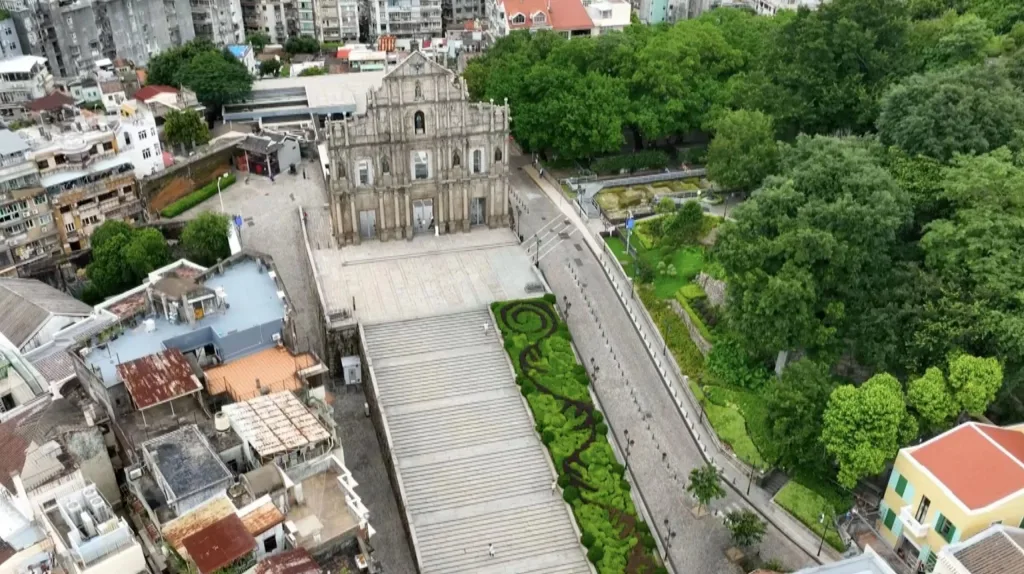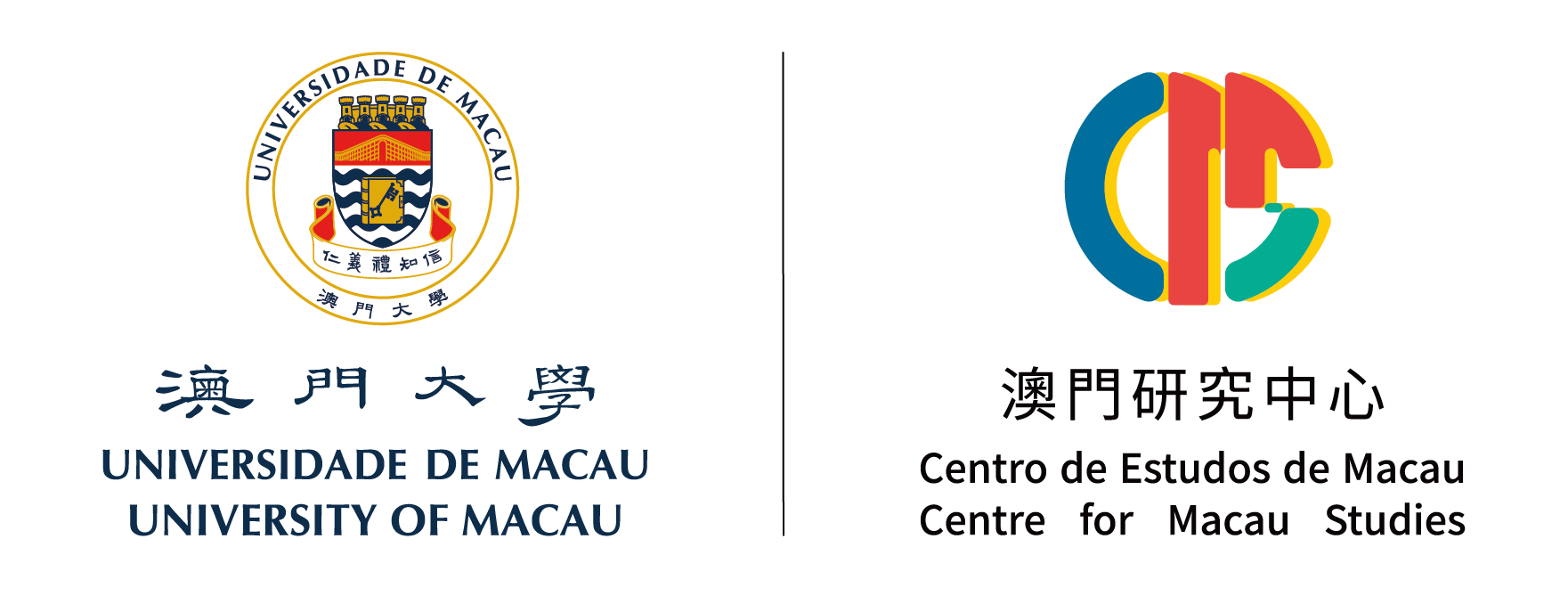The University of Macau (UM) Centre for Macau Studies and Department of Economics have released the revised version of the Macroeconomic Forecast for Macao 2022. Based on two different scenarios, the research team estimates that economic growth will drop between 26.4% and 29.2%; exports of services will drop between 31.3% and 33.6%; and the current revenue of the Macao SAR government is expected to be between MOP 29.3 billion and MOP 33.3 billion.
In the first half of 2022, the economic conditions for Macao were extremely challenging. The Macao SAR government was forced to maintain stringent travel restrictions due to the different degrees of COVID-19 epidemic in neighbouring regions. In the first quarter of 2022, the GDP fell by 8.9% year-on-year. Following the relatively large-scale emergence of infection cases in the Macao community beginning in mid-June, the GDP fell sharply by 39.3% year-on-year in the second quarter, returning to the level of the second quarter of 2020. From mid-June to July 2022, due to the spread of infection cases in the local community, 14 rounds of compulsory universal testing and a two-week lockdown were implemented in Macao. Under the multiple strict local control measures, many daily activities could not be carried out, and the economy continued to deteriorate.
At the beginning of this year, the research team of the Macroeconometric Structural Model of Macao made a forecast for the Macao economy in 2022. At that time, taking into account the vaccination situation in Macao and the experience of other countries and places in gradually opening up, it was assumed that Macao would be gradually opening up to varying degrees in 2022, and even if there was an outbreak in the local community, the worst-case scenario would be a return to the economic level of 2021. However, now that the new variant of COVID-19 virus is spreading faster than expected and that the government has implemented stronger prevention and control measures because of it, the current situation is obviously not in line with the forecast. In addition, Macao’s external economic conditions also have significantly changed, particularly in the United States where interest rates have recently been raised due to high inflation, and Macao has to follow suit.
For these reasons, the research team has revised the previous forecast and notes that economic conditions remain precarious for the rest of the year. In response to possible changes in the epidemic and government policies, the team has put two different scenarios into consideration. The first scenario assumes stable growth in the fourth quarter of 2022 and the number of visitor arrivals will return to the level of the fourth quarter of 2021 of 1.95 million. The team also considers a scenario with worse conditions: Macao will face one more month of lockdown, with only 1.31 million visitor arrivals. Based on the above two scenarios, the forecasts of major economic variables are as follows:
· The baseline forecast of Macao’s economic growths are -26.4% and -29.2% respectively.
· The baseline forecast of growths in the exports of services are -31.3% and -33.6% respectively.
· The baseline forecast of growths in private consumption expenditure are -9.5% and -16.7% respectively.
· The baseline forecast of growths in total gross fixed capital formation are -20.0% and -26.5% respectively.
· The inflation rate measured by GDP deflator will reduce between 1.0% and 1.5% respectively; and consumer price will go up by 1.3% in both scenarios.
· Median monthly employment earnings will reduce between 0.6% and 1.6% respectively
· Unemployment rate is projected to be between 3.8% and 4.0%. Excluding non-resident workers, the unemployment rate for residents is expected to be 4.9% to 5.1%.
· The Macao SAR government’s current revenue is expected to be between MOP 33.3 billion and MOP 29.3 billion.
The research team also notes that, as a tourist destination, Macao mainly provides leisure services for tourists. If the overly stringent travel restrictions are maintained, it will be difficult for tourists to enjoy the services provided by enterprises and citizens in Macao. Without tourism revenue, Macao’s economy may not be able to develop normally.
The Macao SAR government has already launched several rounds of financial support schemes since the outbreak of the epidemic in 2020. However, current data show that these measures have only a short-term and limited impact, and cannot replace the incomes earned by the enterprises and citizens through normal market transactions. Due to the constraints of internal and external conditions (especially how to establish a set of prevention and control policies suitable for Macao), the society continues to see no clear prospects, effective economic recovery may be a long way off.
About the Macroeconometric Structural Model of Macao
The Macroeconometric Structural Model of Macao is a quarterly simultaneous-equations econometric model which covers seven blocks of Macao’s economy: consumption, investment, external sector, prices, government, labour market, and monetary sector. It includes 89 equations and 293 variables. Time series data start from the first quarter of 1998 and is updated once new data are available. Its results provide the community with a timely understanding of the state of Macao’s economy and support prudent decision-making. The model was founded by late Prof Sir James Mirrlees, winner of the Nobel Prize in Economic Sciences and honorary doctor of social sciences of UM, as well as faculty members in the Department of Economics of UM. Members of the research team include Chan Chi Shing, adjust lecturer in the Centre for Macau Studies; Ho Wai Hong, associate professor in the Department of Economics; and Kwan Fung, assistant professor in the Department of Economics.



